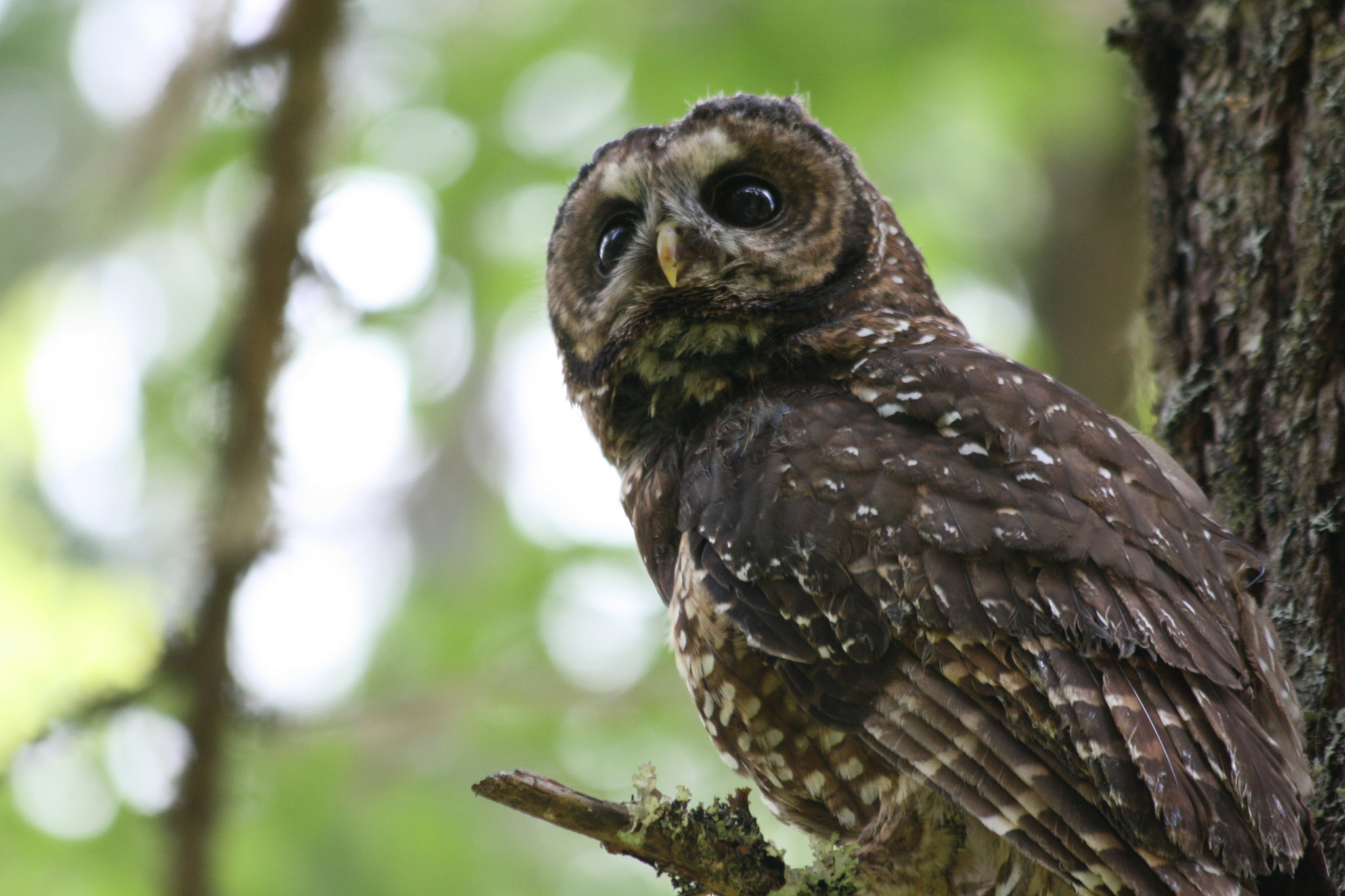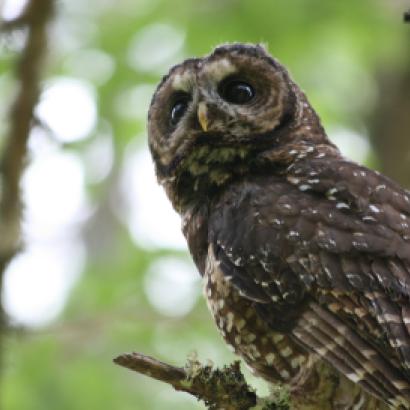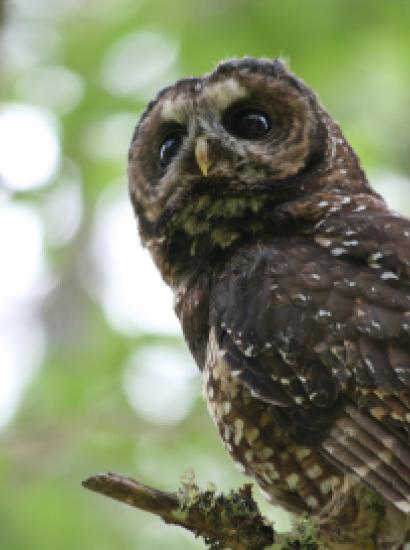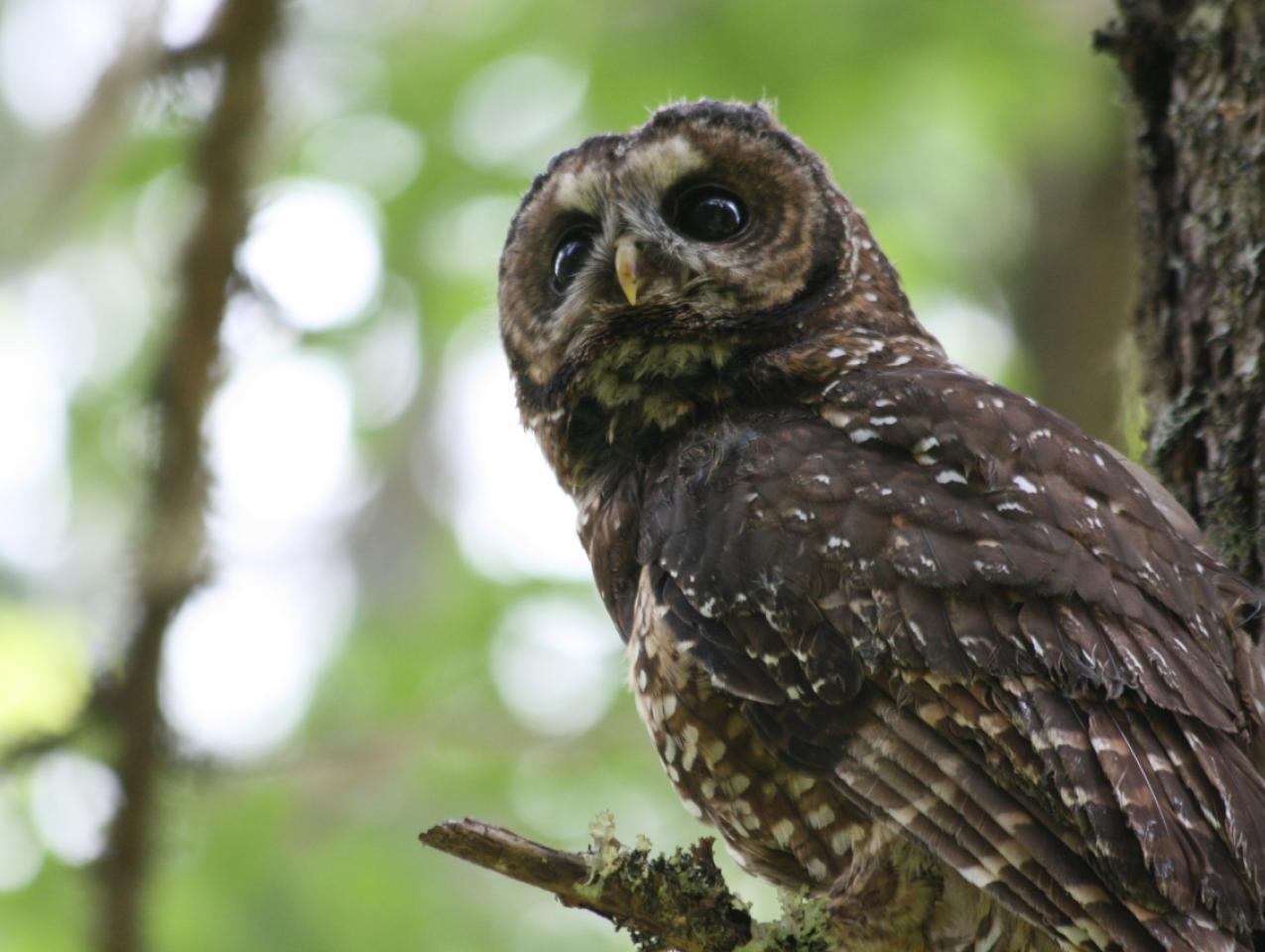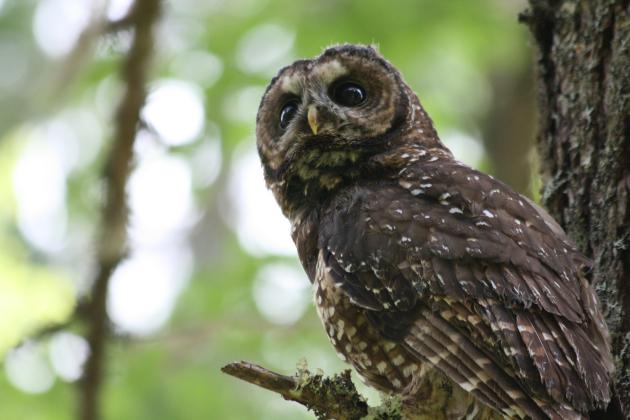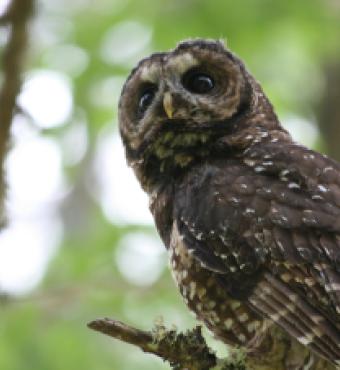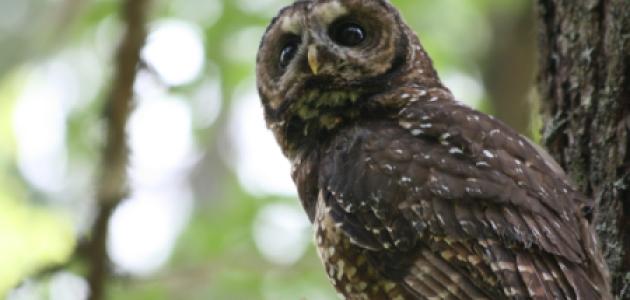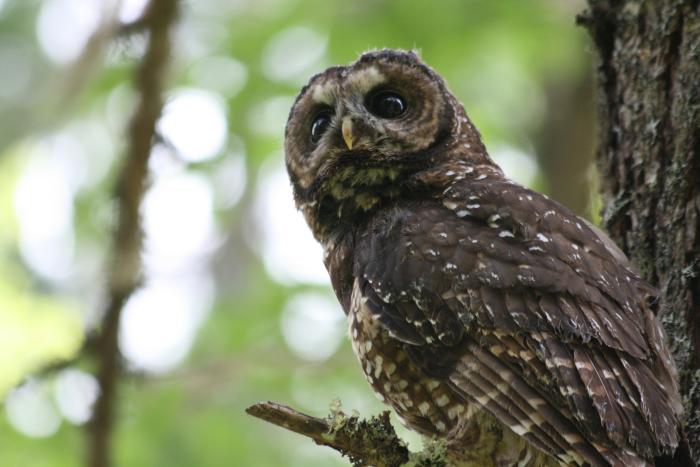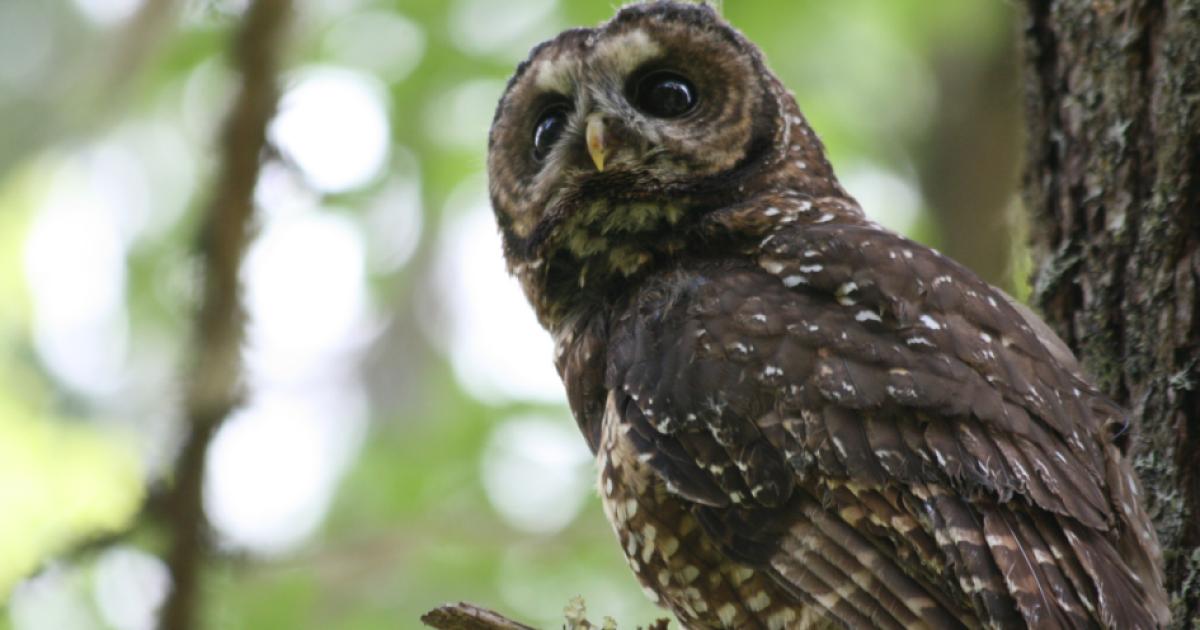- Energy & Environment
- Science & Technology
- Law & Policy
- Civil Rights & Race
Forty-one years ago, the United States congress passed and President Nixon signed into law the Endangered Species Act (ESA). By then, the first list of endangered species included 14 mammals, 36 birds, 6 reptiles and amphibians, and 22 fish. Today, there are over 2,000 total species listed as threatened or endangered. Globally, there are 3,079 animals and 2,655 plants listed as endangered, up from 1,102 animals and 1,197 plants in 1998.
By September 2012, 56 species had been delisted under the ESA, and 25 were down-listed from endangered to threatened. Of those delisted, 28 had been recovered, 10 had gone extinct, 17 were improperly listed in the first place, and one was delisted by legislation. With over 2,000 listed endangered species, only 1 percent have been saved.
Environmentalists contend that the success rate is low because of economic development. According to WWF Global, “Habitat loss poses the greatest threat to species. The world’s forests, swamps, plains, lakes, and other habitats continue to disappear as they are harvested for human consumption and cleared to make way for agriculture, housing, roads, pipelines and the other hallmarks of industrial development.”
But the low success rate can be better explained by the fact that the ESA has been used more to stop development than to encourage species preservation. For example, claims that the spotted owl was on a path to extinction, led the Clinton administration to shutdown logging on federal lands in the Pacific Northwest. Whether the owl was on that path (endangered or about to be) remains controversial to this day, but that didn’t matter to environmentalists. As Andy Stahl, a forester for the Sierra Club Legal Defense Fund, told his colleagues in 1988, “The northern spotted owl is the wildlife species of choice to act as a surrogate for old-growth forest protection. Thank goodness the spotted owl evolved in the Pacific Northwest, for if it hadn’t, we’d have to genetically engineer it.”
To illustrate how the ESA discourages species preservation, consider how Section 9 of the act, known as the “take clause,” has been applied. Section 9 specifically makes it unlawful for any person subject to the jurisdiction of the United States “to harass, harm, pursue, hunt, shoot, wound, kill, trap, capture, or collect, or to attempt to engage in any such conduct.” This definition of “take” seems quite sensible, but it has been applied in non-sensible ways.
“Taking” endangered species within the United States has gone far beyond literally killing plants and animals to include taking of habitat that does or might harbor endangered species. The result is what many private landowners call the “3 S’s”—shoot, shovel, and shut up—lest your land-use is regulated by the federal government. In other words, endangered species are a liability rather than an asset.
Most environmentalists scoff at the idea of “3 Ss,” but a study of timber management in the southeastern U.S. empirically documents the perverse effects of regulatory threats. In the 1980s, Ben Cone, a North Carolina landowner, was arrested and threatened with fines and jail time for cutting down old-growth pine trees on his property because the trees could potentially provide habitat for endangered red-cockaded woodpeckers.
He eventually settled out of court, but his famous case worried other landowners with younger trees who thought they might be similarly regulated. They didn’t shoot woodpeckers, but they preemptively cut trees sooner, especially if there were more woodpeckers nearby.
Economists Dean Lueck and Jeffery Michaels systematically studied preemptive cutting and found that the average harvest on properties with zero colonies within a 25 mile radius was nearly 60 years; the average age on private properties with 25 colonies with a 25 mile radius was 48 years; and the average age on properties with 437 colonies (the densest populations) colonies was under 39 years. As one landowner put it, “The ESA turned old growth timber into pulp wood.” It should come as no surprise that the red-cockaded woodpecker is still on the endangered list.
Another example of the pernicious effects of Section 9 results from the clause making it illegal to “import any such [endangered] species into, or export any such species from the United States.” Again this might appear to help control the killing of species, but it led to just the opposite for the “three amigos”—the addax, the Dama Gazelle, and the scimitar-horned oryx.
These antelope were imported to Texas from northern Africa in the last half of the 20th twentieth century and have thrived on private wildlife ranches. According to the Texas-based Exotic Wildlife Association, the number of scimitar-horned oryx’s numbers in a captive breeding program in Texas grew from 32 to more than 11,000 in 2012; the dama gazelle numbered only nine in 1979, but there are more than 800 today; and the addax grew from only two in 1971 to now more than 5,000.
Because the addax and gazelle are endangered and the oryx was declared extinct in 2000 in Africa, the ESA clause quoted above applies. However, between 2005 and 2012 the “three amigos” were exempted by the U.S. Fish and Wildlife Service (FWS), thus allowing ranches to market hunting of the antelope. The rancher adage “if it pays, it stays” applied to the “three amigos.” Hunting revenues gave Texas ranchers an incentive to husband the African species.
Unfortunately, in 2012 the FWS lost a protracted legal battle. Environmentalists contended that, because the species were endangered or extinct in Africa, they could not be “taken” in the United States without a permit from the FWS. The court ruling forced the FWS to require that ranchers had to obtain a special “take permit” for killing any of the “three amigos” and prevented ranchers from applying veterinarian assistance to the animals because they were “wild.” Defenders of Wildlife, The Humane Society of the United States, and Born Free USA applauded the court’s decision and pledged to challenge every application for a permit.
As with the red-cockaded woodpecker, ranchers responded by engaging in preemptive activity by selling more hunts in order to capitalize on their investment. As a result, the Exotic Wildlife Association estimated that scimitar horned oryx numbers in Texas are at one-half to one-third of their 2010 levels.
Fortunately, there is reason for optimism. In 2014 President Obama signed an Omnibus Bill with a provision exempting the oryx, gazelle, and the addax from the ESA. According to the Dallas Safari Club, “the exemptions clear the way for ranchers to maintain herds of these exotic game animals and to offer hunts without federal intervention.” Preliminary indications are that ranchers are paying top dollar for good breeding stock to actively increase their herds, but further research is necessary to document the positive effects of eliminating ESA regulations and letting private conservation save the species.
Another horror story with a happy ending involves the possible listing of the arctic grayling, a species recorded by Lewis and Clark when they passed through Montana. For decades the FWS held hearings considering whether to list the fish. At one of those hearings, in May 1995, David Cameron, then a biology professor at Montana State University and manager of a 45,000- acre family cattle ranch, told of his interest in restoring grayling to Hound Creek running through his ranch. But he dropped the plan because “
People knowledgeable about the heavy-handed approach of the Feds counseled me to forget the [grayling reintroduction] experiment. We might lose the right to graze our pastures. My recollections of the horror stories in stockmen's journals about the hazards of hosting an endangered species didn't help, and I sadly bowed out. It seemed a good deed would probably go punished, and life had sufficient complications without Federal agents giving orders.”
The happy ending came in August 2014, when the FWS decided not to list the grayling because efforts by private landowners had brought sufficient recovery. While environmental groups filed lawsuit after lawsuit demanding that the FWS list grayling, private landowners in the Big Hole River valley, where the last known river grayling live, improved the habitat. As Jeff Hagener, director of the Montana Department of Fish, Wildlife, and Parks, put it, “This success story begins with the 33 ranching families who live and work along the river and saw the value in restoring grayling.”
Thanks to changes in enforcement of the ESA made possible through “Habitat Conservation Plans” (1982) and “Safe Harbor Agreements” (1999) landowners are exempt from strict interpretations of the “take clause,” which that caused Dave Cameron angst. These led Big Hole valley ranchers in 2004 to sign a voluntary “Candidate Conservation Agreement with Assurances.” With financial help from the state and federal governments, the ranchers completed 250 habitat improvement projects including installation of fish ladders, fencing to keep livestock out of riparian areas, and improvements in irrigation efficiency to increase stream flows. Still, “greener than thou” conservation groups, such as the Center for Biodiversity, threaten more lawsuits claiming the “Voluntary conservation efforts have failed to address the primary threats to the grayling.”
The heavy-handed implementation of the ESA has discouraged private conservation. More laws and more lawsuits won’t be “amigos” to endangered species. Like so many environmental issues, the key is to get the incentives right by harnessing property rights and free enterprise. Rather than punishing private landowners who conserve habitat and wildlife, we should reward them for serving the public’s interest.







